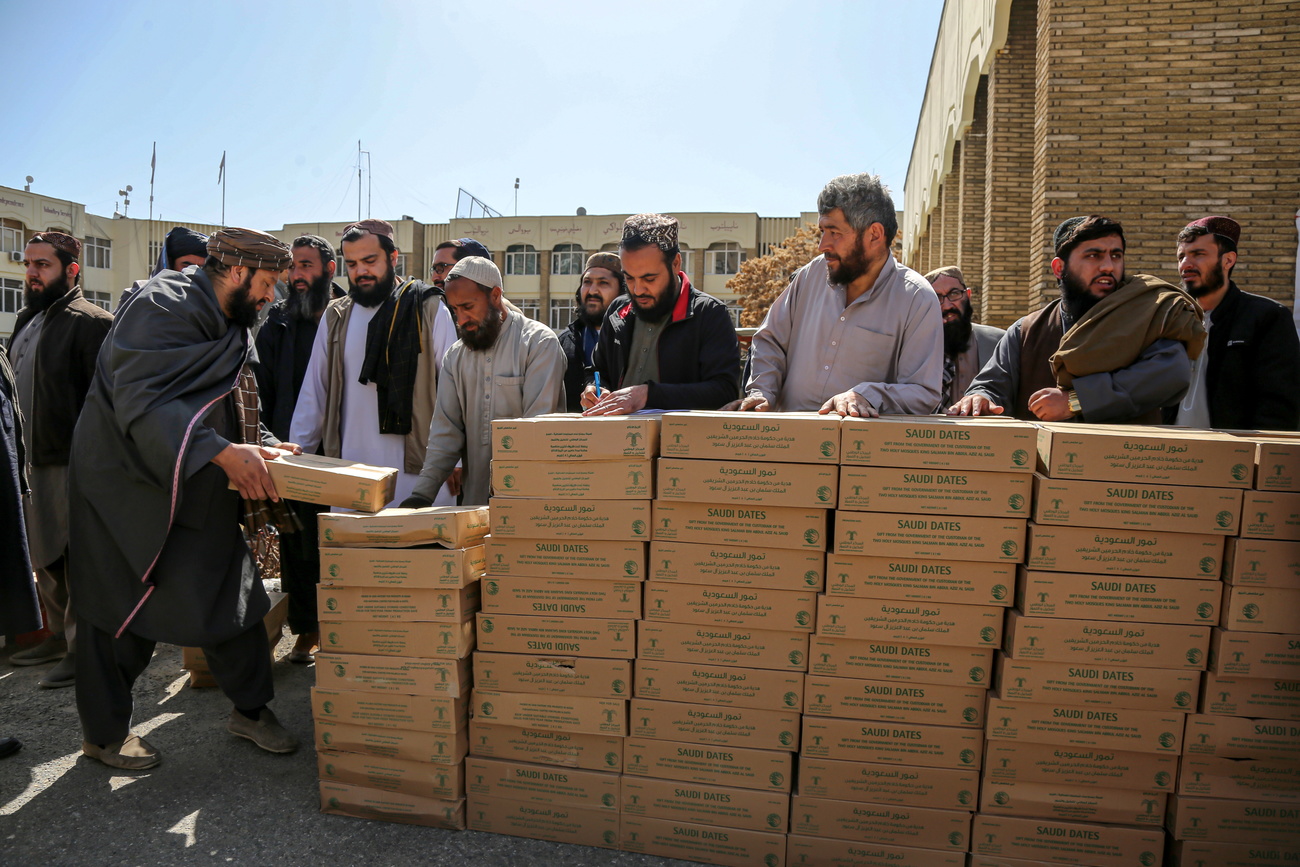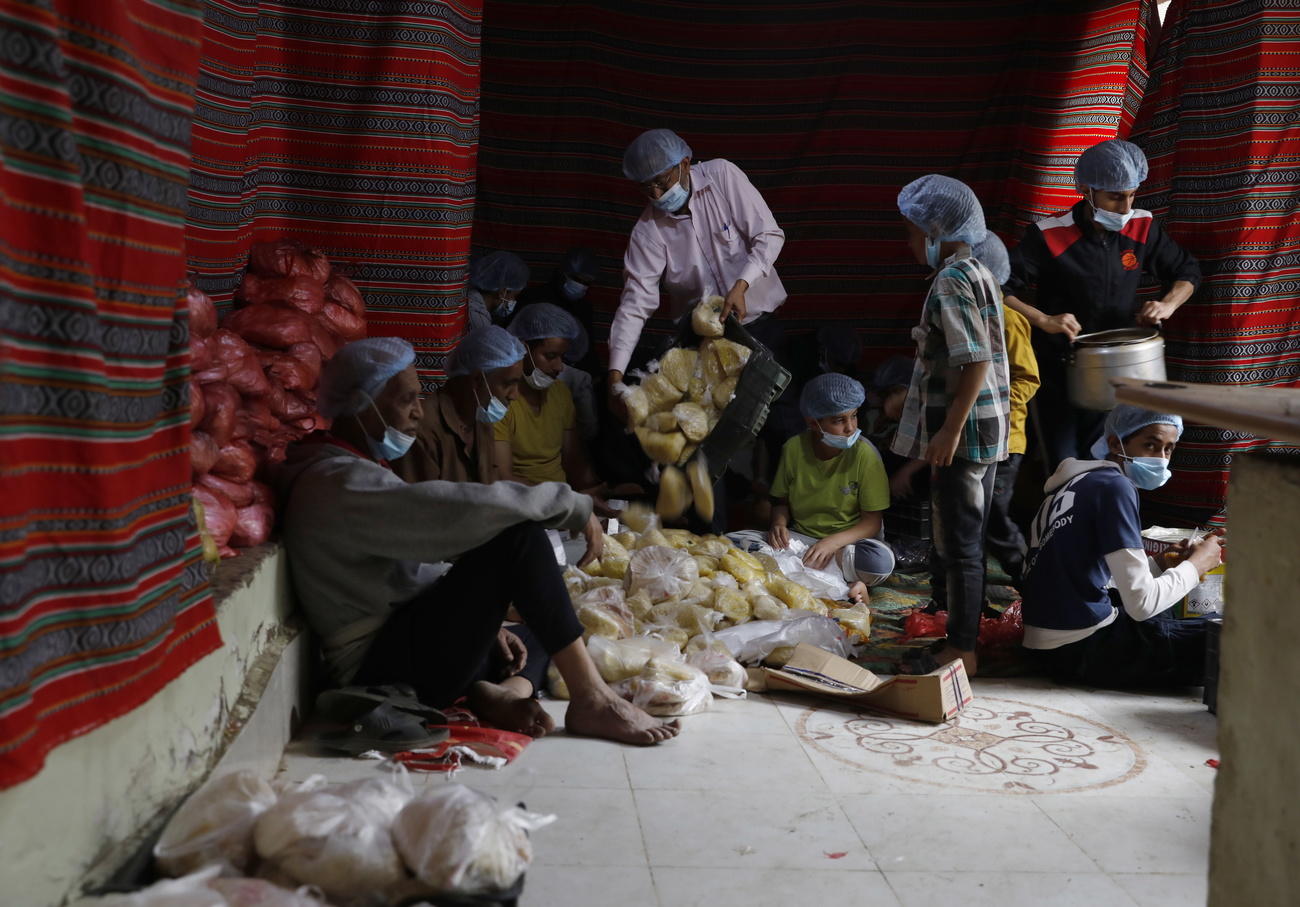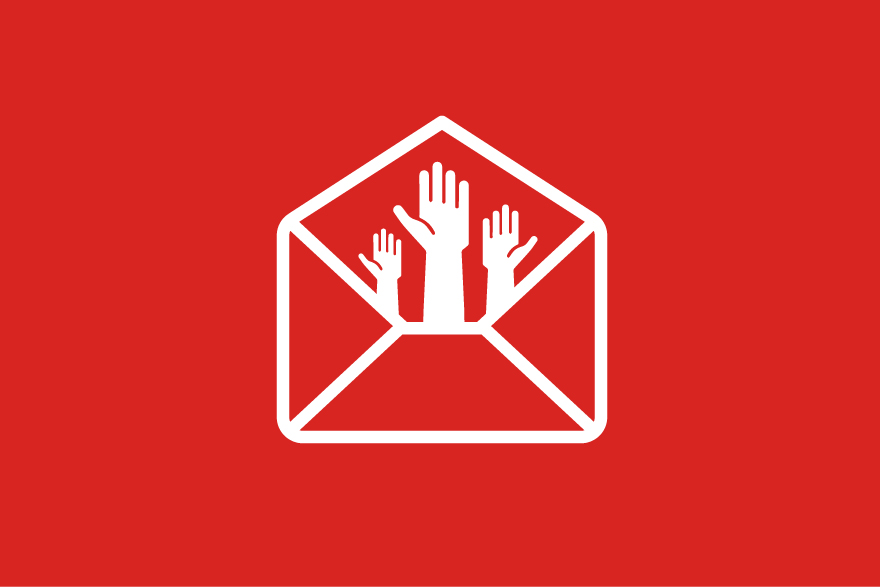
Who will come to the aid of a humanitarian system left behind by the West?

As traditional donors pull back, the humanitarian system is coming under strain. Emerging players such as China and the Gulf states could step up their financial contributions – but are likely to bypass the United Nations system.
The sweeping retreat undertaken by the United States since the beginning of Donald Trump’s second presidential term has laid bare a long-standing concern within the humanitarian sector: the extreme dependence of international aid – on which some 190 million people worldwide rely – on a small group of highly influential donor countries.
This article is the second in a three-part series on the future of humanitarian aid, as the United States and major Western donors withdraw their support from the sector. The first article examines the impact of budget cuts on the work of humanitarian agencies in the field. The final piece will trace the history of American aid and how the country came to dominate the sector.
Together, the US, Germany, the European Union and the United Kingdom account for nearly 65% of global humanitarian assistance.External link The Trump administration’s decision to slash 83% of programmes run by USAID – the US government’s main aid agency – has further accelerated a broader decline in funding from traditional donors.
In late February, the UK announced it would reduce its aid spending from 0.5% of Gross National Income to 0.3%. The following month, during coalition talks, Germany’s incoming government signalled it would drop its long-held goal of allocating 0.7% of GDP to foreign aid.
Other countries – including Belgium, France, Sweden, and Switzerland – have also recently announced cuts to international cooperation budgets. These reductions have often been attributed to national budgets strained by the Covid-19 pandemic and the war in Ukraine, which has driven up defence spending amid heightened concerns over European security in light of the Russian threat.
In contrast, Norway has been one of the few countries to increase its aid envelope, primarily to support Ukraine and NGOs affected by US funding cuts. But that won’t be enough to fill the multi-billion-dollar gap.
+ For more on how US cuts disproportionately affect women and HIV prevention programmes, listen to the latest episode of our podcast Inside Geneva.
“It’s very worrying to see that other donors are not stepping up to fill the gap,” says Eileen Morrow, head of policy and advocacy at ICVA, a Geneva-based network of NGOs.
Who will step in for Washington?
According to experts interviewed by SWI swissinfo.ch, only China – the economic leader of the BRICS group of emerging economies (which also includes Brazil, Russia and India) – or some Gulf countries such as the United Arab Emirates (UAE) and Saudi Arabia, would have the means to offset the loss of US funding.

“BRICS countries are looking for recognition, they want to expand, and they are looking for independence,” says Tammam Aloudat, CEO of Geneva-based media outlet The New Humanitarian. In this context, humanitarian aid can serve as a tool of soft power, allowing donor states to promote a positive image of themselves, increase geopolitical influence and win favour with recipient countries – particularly in UN votes.
“None of this is new,” Aloudat adds, noting that the US has long used aid as a geopolitical tool. After the Second World War, US aid was a key instrument in the fight against communism and the expansion of American export markets.
Since the closure of thousands of USAID-funded projects, international media have reported that China has stepped in to offer similar programmes in countries such as CambodiaExternal link, RwandaExternal link and NepalExternal link.
But Beijing’s ability to replace Washington may be constrained by its own domestic economic challenges, especially in the real estate sector – an engine of growth that has been in crisis since 2021. And it is far from clear whether China is interested in contributing significantly to the UN’s humanitarian aid system.

A Western-leaning system
“The multilateral system is so biased in favour of the West that I don’t see why BRICS countries would decide to invest more in it,” argues Aloudat.
This imbalance is partly rooted in history. When the UN was founded after Second World War, most countries of the Global South were still under colonial rule and had little say in shaping the system.
Several UN agencies are still led by Western nationals, reinforcing perceptions of bias. The UN Office for the Coordination of Humanitarian Affairs (OCHA) is traditionally headed by a Briton, while the World Food Programme (WFP) has historically been led by an American.
Nonetheless, Gulf nations – particularly Saudi Arabia and the UAE – have in recent years become regular top-ten contributors to UN humanitarian agencies. But their funding is mostly allocated to countries of the Arab League and the Organisation of Islamic Cooperation, particularly Yemen.
Bilateral aid preferred
“The UN aid system is expensive, rigid, and offers limited visibility to its main players,” explains Bertrand Taithe, professor of cultural history at the University of Manchester. “Some countries may try to increase their influence within the system, but it’s more likely they will act bilaterally – this allows them to build networks, pursue diplomatic interests and gain visibility at the regional level.”
China is a case in point. Despite its economic might, Beijing contributed only around $8 million to UN humanitarian programmes in 2024 – a drop in the ocean compared to the nearly $10 billion provided by the US.
Instead, China channels its aid primarily through its Belt and Road Initiative, which funds infrastructure projects – mainly through loans rather than grants – across Africa and other regions. In 2024 alone, contracts under this initiative totalled $122 billion, according to a study by Fudan UniversityExternal link in Shanghai.
Focused mainly on development, this aid strategy aims to boost trade ties and expand China’s geopolitical influence. Unlike Western aid, Chinese assistance rarely comes with conditions related to human rights or democratic governance.
Redefining humanitarian values
According to Valérie Gorin from the Geneva Centre of Humanitarian Studies, the growing involvement of emerging actors will lead to a renegotiation of humanitarian principles.
For example, the principle of impartiality, which requires aid to go to those who need it most, irrespective of their nationality, religion or gender, may be at odds with the approach of these countries, which tend to focus on their own region.
“We’re witnessing a reversal of roles, with formerly colonised states now pushing to reshape the practices of a humanitarian system long associated with Western colonialism and imperialism,” Gorin notes.
In her view, BRICS or Gulf countries are unlikely to simply take over Western-funded programmes – let alone the conditions attached to this aid, such as requirements related to human rights, environmental protection, climate action, or democratic governance.
“This conditionality of Western aid is sometimes highly questionable,” she adds. For instance, when aid programmes impose norms that conflict with local customs or traditions. A greater role for countries of the Global South could therefore be a welcome rebalancing, but Gorin warns it may also come at the expense of minorities and fragile ecosystems.
Turning to the private sector
Increasingly, humanitarian actors are eyeing the private sector, whose resources in some cases surpass those of entire nations.
The Gates Foundation, for example, has become the second-largest donor to the World Health Organization (WHO) in recent years – outpacing European states, though not without criticism.
According to Development Initiatives, the share of global humanitarian funding from private sources – foundations, companies and individuals – increased from 13% in 2016 to 18% in 2022. And according to Gorin, there is still vast untapped potential, as businesses seek to polish their image by demonstrating “social responsibility”.
This shift could also bring pressure to relax some of the ethical standards of humanitarian work, especially around deciding which donations are acceptable based on a company’s activities.
Aloudat remains very sceptical. In his view, the private sector has no interest in investing in certain contexts, particularly those where war is raging and there seems to be less profit potential. “Who is going to help people in Somalia, Sudan or the Democratic Republic of Congo? These are places where the private sector cannot invent profit.”
Edited by Virginie Mangin/sj/sb
More

More
Trump’s aid cuts plunge humanitarian sector into existential crisis

In compliance with the JTI standards
More: SWI swissinfo.ch certified by the Journalism Trust Initiative
































You can find an overview of ongoing debates with our journalists here . Please join us!
If you want to start a conversation about a topic raised in this article or want to report factual errors, email us at english@swissinfo.ch.